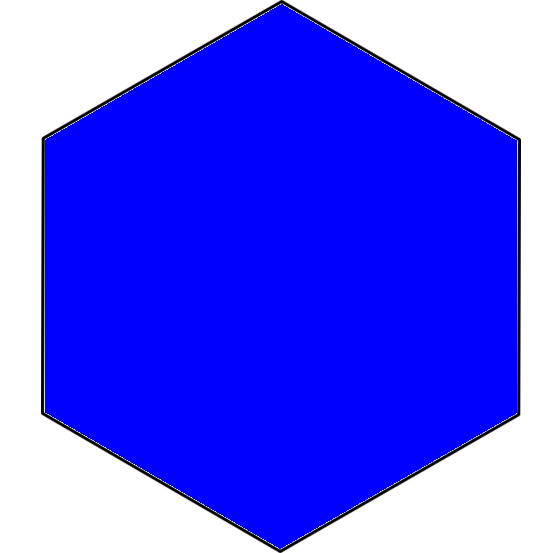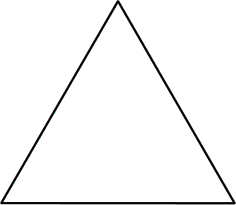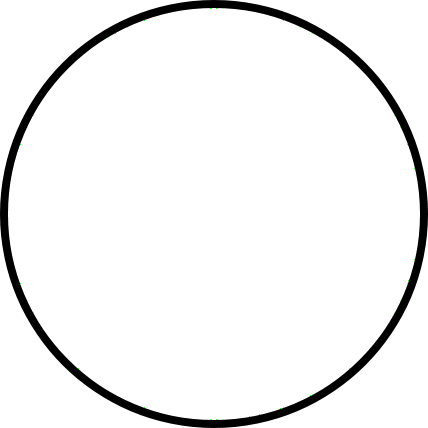29 JUN 2013 by ideonexus
 The Gas Lamp Brought Networked Collective Life
The Gas Lamp Brought Networked Collective Life
Wolfgang Schivelbusch (1995) argues that one of the most important
transformations of networked urban life came with the rise of the gas lamp.
The introduction of gas ended the autonomy of oil lamps and candles whereby
each household effectively supplied its own energy needs. Gas represented the
industrialization of light, transforming households into nodes of a centralized
power source, linking the domestic and intimate to larger structures of capital
and the state. In this way, Schivelbusch...Folksonomies: collectivity communalism
Folksonomies: collectivity communalism
Before people became dependent on the grid, they were independent and autonomous.
08 JUN 2011 by ideonexus
 We Cannot Return to Nature
We Cannot Return to Nature
This much is certain: The future of the planet wall not be a reprise of the past, a return to "a state of nature." The future will certainly be technological, increasingly globally homogeneous, and, in the short run at least, will embody the connectivity of the computer chip and the contrivances of genetic engineering—in conformity with Chaisson's law of rising complexity. American conservationists frequently offer Native American attitudes toward nature as the solution to our environmental...Even the America before the Colonists was somewhat domesticated by the Native Americans, and we cannot give up our leisurely lifestyles.
08 JUN 2011 by ideonexus
 How the Path Became <em>the</em> Path
How the Path Became <em>the</em> Path
A crushing backload, indeed: fiddlehead ferns, downy woodpecker, pickerel, granite flake. Canada mayflower, moonrise, bluebirds, spring peepers, monarch butterflies, glacial scratches on bedrock, and, of course, the human history of my path, which in its transformations over the centuries encapsulates in many surprising ways the history of our nation and of our fickle love affair with the natural world. Step by step, year by year, the landscape I traversed became deeper, richer, more multidim...Folksonomies: nature naturalism
Folksonomies: nature naturalism
How Raymo's walk become more and more infused with meaning.
20 MAY 2011 by ideonexus
 Transforming Species Through Mathematics
Transforming Species Through Mathematics
In 1917 the great Scottish zoologist D'Arcy Thompson wrote a book called On Growth and
Form, in the last chapter of which he introduced his famous 'method of transformations'. * He
would draw an animal on graph paper, and then he would distort the graph paper in a
mathematically specifiable way and show that the form of the original animal had turned into
another, related animal. You could think of the original graph paper as a piece of rubber, on which
you draw your first animal. Then the tr...D'Arcy Thompson showed how one species could be transformed into another by sketching it on graph paper and distorting it.




